Cyber threats are everywhere and are constantly changing.
It is almost impossible for most companies to maintain a full-time IT security department on the ground, which can provide the cyber strategy and protection needed today.
La ITQSOFT, oferim soluții de securitate cibernetică la prețuri accesibile și cuprinzătoare și servicii de consultanță în domeniul securității cibernetice pentru companii de toate dimensiunile. Echipa noastră internă de consultanți în securitate cibernetică vă protejează datele, vă asigură că îndepliniți cerințele de conformitate și vă oferă încredere că afacerea dvs. este protejată.

A cybersecurity risk assessment provides your business with an in-depth look at your current security position. Our IT security team identifies all of your assets that could be affected by an attack, understands the risks associated with each item, helps you define what needs the most protection, and then provides a personalized roadmap with short and long term benchmarks. .

A virtual CISO is a service designed to provide you with top security experts as needed.
Our vCISO talent can bring both strategic and operational leadership to those who cannot afford (or do not need) a full-time resource, but need someone who provides consistent security expertise.
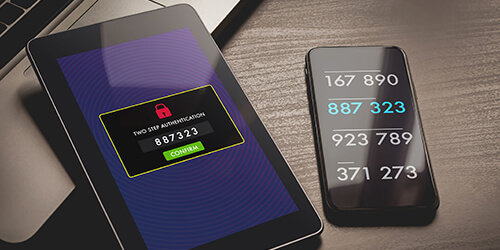
Passwords alone are no longer enough to protect your company from cyberattacks and data breaches.
MFA protects your data online, ensuring that only verified users can access your business applications and services.
a

ITQSOFT's IDR solution actively monitors your network 24x7 for signs of attack before they occur. It consists of three important layers, including an automatic threat detection system, qualified security experts who analyze these alarms and remedies that take place almost in real time without interrupting your business. Intrusion detection systems are considered mandatory!

Antivirus software can protect you from the simplest attacks, but it is unlikely to be able to protect you against sophisticated modern hacking techniques. ITqsoft's Endpoint Detection and Response uses powerful AI to stop attackers on their way, even when your devices are outside your office firewall, backed by a 24-hour, 7-day security operations center per day, which further analyzes any additional undetected threats.
.jpg)
Most security incidents start with a phishing attack targeting employees. ITqsoft's cyber security services include managed anti-phishing training, which gives you a 12-month automated campaign that constantly increases your employee's ability to recognize, report, and block phishing attacks.
a

ITqsoft's vulnerability scanning and fix solution scans your network for the types of vulnerabilities that attackers target most, including missing security fixes, insecure settings, and unnecessary services.
The findings are analyzed, prioritized and addressed, closing gaps before attackers can exploit them.
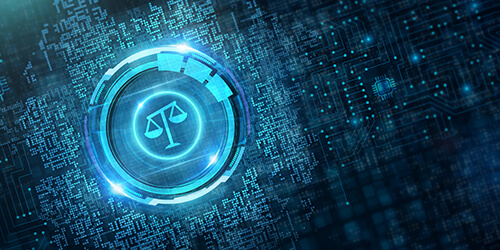
The RCMP refers to a strategy for managing an organization's overall governance, enterprise risk management, and regulatory compliance. ITqsoft's cybersecurity team can help you create a well-planned governance, risk and compliance strategy, which includes creating, auditing and managing a clear framework that aligns your IT and business strategies.
Understanding that you have risks and vulnerabilities is one thing, but knowing how to build a comprehensive security strategy is quite another. Our cybersecurity consulting team can help you protect yourself from the ever-worsening IT security threats.
If you're not sure where to start, we recommend that each company prioritize these six cybersecurity tactics:
1. Upgrade your network security infrastructure starting with your firewall.
2. Perform regular software updates and fixes.
3. Secure the edge of the network.
4. Improving physical security.
5. Implement cybersecurity awareness courses.
6. Conduct cyber security risk assessments.
Let's go into more detail on each of these.
Most old networks are not equipped to cope with the sophistication and frequency of today's cyberattacks.
Assess your infrastructure in detail to determine the viability of your network security, and then create a prioritized plan to address any deficiencies.
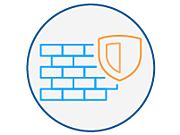
First, start with the network firewall. While legacy firewalls offer basic packet filtering, inspection, and VPN capabilities, they usually cannot protect against current threats. Most old networks are not equipped to cope with the sophistication and frequency of today's cyberattacks. Assess your infrastructure in detail to determine the viability of your network security, and then create a prioritized plan to address any deficiencies.
State-of-the-art firewalls (NGFW) provide more comprehensive protection against threats, including application control, intrusion protection, antivirus, and deep packet inspection. An NGFW of the highest quality will perform all these functions simultaneously, without any performance degradation, while providing integrated security management and scalability to meet future requirements.
Aged software is especially susceptible to cyber attacks. If you're not convinced, consider the Equifax violation, which exposed the personal data of more than 140 million Americans.

According to security solution provider McAfee, “hackers were able to access credit reporting agency data through a known vulnerability in a web application. A fix for this security hole was actually available two months before the breach, but the company did not update its software. "
All security applications, operating systems, and software should be reviewed regularly, and software updates and security fixes should be applied thereafter. Identify any software that is no longer supported by the manufacturer or vendor so that it can be updated or replaced.
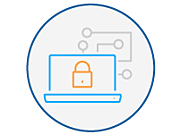
Many companies make sure that their data center, which is the core of their network architecture, is secure. But what about branches, retail locations, and even many connected IoT devices and mobile devices? In today's digital business environment, applications, workflows, and information need to move seamlessly across environments - and your cybersecurity strategies need to follow.
As the "edge of the network" becomes smoother and harder to define, focus on closing vulnerabilities wherever they are. This means quickly detecting compromises and responding to those compromises in a fast, comprehensive and appropriate manner. To do this, you must have an appropriate intrusion detection system and a security incident response plan in place.
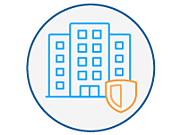
The International Organization for Standardization (ISO) provides an excellent reference resource for securing data and physical assets. ISO 27001 is the corporate security standard that highlights best practices for managing information security, including the protection of secure areas.
While it is natural to focus on the "cyber" aspect of cybersecurity, physical security is still critical. Restricting or banning access to computers, servers, and data centers is an integral part of protecting digital assets, as is educating users about effective physical security protocols.
These physical security measures should include:
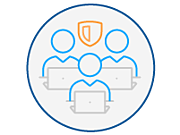
From phishing to pharming to accidental negligence, employees are often your biggest risk vector. Therefore, one of the most effective ways to protect your organization is to create a culture of cybersecurity, in which training is an ongoing process and your staff understands exactly what behaviors should be avoided or embraced.
It's not enough to tell employees how to create strong passwords and hope for the best. Traditional classroom and computer training should be complemented by less conventional approaches - multimedia, newsletters, daily e-mail advice and executive involvement.
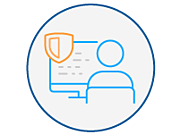
A structured risk assessment can help identify and address significant security gaps that could jeopardize company data, digital assets and the network. A typical assessment involves defining the system, identifying threats, determining the potential impact, analyzing the environment, and finally calculating the associated security risk.
While an appraisal can be done for any application, asset, or process within the organization, multiple appraisals can be too expensive and time consuming to be practical. Instead, prioritize those systems or applications that are most critical to your business and most risky - then target them first for review.
Alternatively, some companies choose to hire a partner with experience in specialized information security services. The right partner should bring extensive experience to the table and should be able to provide an objective view of your organization, as well as clear steps to address any issues you identify.
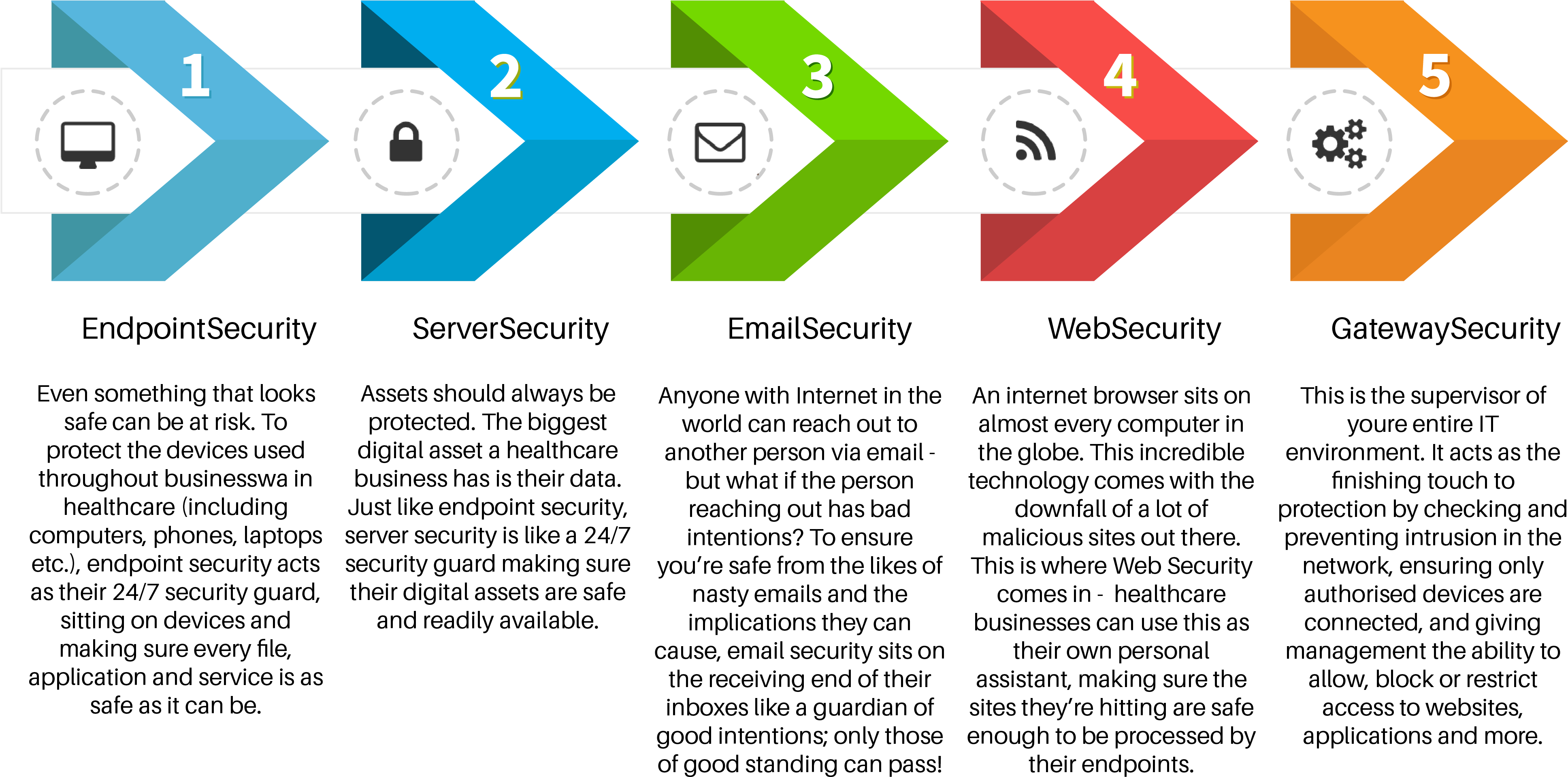
Get a dedicated Delivery Team Powered by Technology and Driven by Talent.